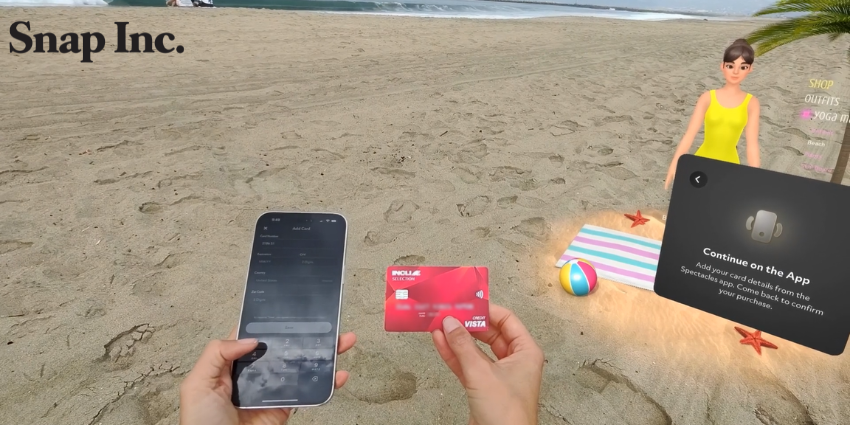The success of any warehouse space or logistics environment will always depend on one thing above all else: efficiency.
Without order, careful planning, and a firm strategy in place to ensure warehouse employees can locate and deliver the right products at the right time to the right place, things can go wrong very quickly.
For this reason, logistics companies are already making huge investments in warehouse automation technology: a marketplace expected to reach USD 22.4 billion by the end of 2021 – and augmented reality will likely account for a huge percentage of that growth.
Up until now, we’ve already seen huge players like DHL making sizeable investments into AR, and as the market continues to mature we expect that trend to continue down from the enterprise into smaller companies.
But what exactly does AR have to offer businesses and organizations in the logistics sector? Let’s take a look below to find out…
Advanced Collaboration
With tools like smart glasses and AR collaboration apps, warehouse teams can easily share important data and rapidly cut down production times by collaborating simultaneously on the same project. For instance, warehouse staff working at point A can seamlessly connect with those at point B to transfer instructions to ensure business continuity isn’t affected during the handover.
Data Visualization
Experts revealed 63% of operational costs within the warehouse space can be attributed to order picking alone. The time it takes to retrieve and analyze information like delivery sheets, inventory counts, and manually pick products from the warehouse floor rapidly cuts away at profit margins, costing logistics businesses billions every year. With AR data visualization technology, like DHL’s Vision Picking, however, warehouse workers can instantly access all the information they need to get the job done faster and drastically cut down operational costs.
On-The-Job Training
At the very least, reports have shown it costs businesses an average of $1,200 to train a new warehouse worker. That includes the total cost for a supervisor to train the warehouse associate how to use the equipment and to understand company SOPs. With AR-assisted training, however, new employees can train while they work through assisted remote-learning features like the ones offered by Google Meet for Glass Enterprise Edition 2.
Improves Safety
Studies tell us that serious, non-fatal injuries cost $84.04 million a week in the transportation and warehousing industry. Despite the fact all new and existing employees undergo regular health and safety training before entering the workplace, injuries still happen because the level of training they receive is insufficient. With AR, however, wearable AR devices can provide real-time, line-of-site instructions to ensure warehouse operatives carry out tasks safely, first-time, without prior training.
What does the future hold for AR in the logistics sector?
While many people still associate augmented reality with the consumer space, it’s clear the technology will have a huge role in the future of enterprise operations, with the industrial sector leading the charge.
Let’s take a look at some stats:
– The AR market size is expected to reach USD 80.8 billion by 2020
– 70% of businesses will unlock the potential of AR for the enterprise by that time
– 20% of AR adoption in the enterprise will be Industrial
By improving operational efficiency, driving down costs, increasing employee performance, and increasing both safety and training quality, it’s clear to see why so many businesses in the logistics are excited to invest in AR.
While DHL and other larger corporations have been the first to act, we can expect to see widespread adoption of augmented reality in the logistics space in future, and the exciting innovations we’ve seen so far are only a glimpse of what is coming further down the line.







